How to Set Up a Bitcoin Solo Mining Rig: Step-by-Step Guide
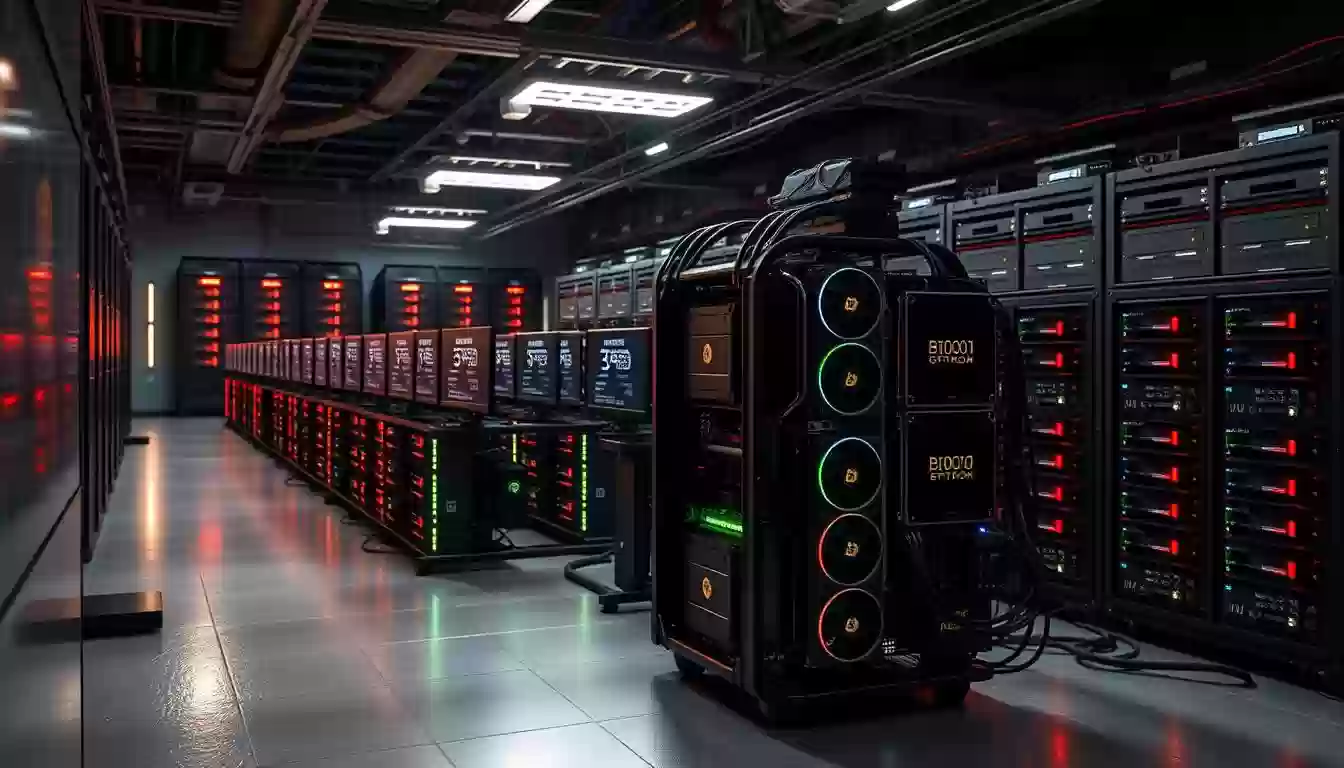 27 Feb 25
27 Feb 25
Are you ready to dive into Bitcoin solo mining and earn big rewards? Imagine getting 3.25 Bitcoins, worth about 313,000 USD as of 09.02.2025. With the right setup and guide, you can start your mining journey. We'll show you how, from the basics to setting up your rig and picking the best hardware.
As we explore solo mining, you'll learn to set up your rig and pick the right mining software. You'll also figure out how profitable mining is. This guide is for everyone, whether you're new or experienced. It's here to help you understand Bitcoin solo mining and get started with the best hardware.
Understanding Bitcoin Mining Basics
Bitcoin mining introduces new Bitcoin into circulation and verifies transactions. It's a key part of the blockchain ledger. To start Bitcoin mining, you need to know the basics. This includes solo mining and pool mining.
Bitcoin mining involves solving complex math puzzles. These puzzles need a lot of computational power. ASIC mining is very efficient but can be pricey. It's best for professional miners aiming for high profits.
GPU mining is popular for its better performance than CPUs.
Solo mining gives full rewards but is less reliable for small miners. Pool mining shares rewards based on each miner's power. It's more accessible for many.
https://www.youtube.com/watch?v=rYAFyFsN5UE
Exploring Bitcoin mining, we see it needs a lot of energy and computational power. Knowing these aspects helps in choosing the right mining setup. Whether solo or pool mining, making an informed choice is key.
Essential Components for a Mining Setup
Setting up a Bitcoin ASIC miner setup requires key components. These include the ASIC miner, power supply, and cooling system. The right cryptocurrency mining hardware is vital for efficiency and profit. ASIC miners, built for Bitcoin mining, are efficient and powerful.
A good mining rig setup needs a strong power supply. It must handle the miner's power needs. Also, a cooling system is essential to avoid overheating. This can damage the equipment and shorten its life. Mining in places with low electricity costs, like China or Scandinavia, can boost profits. For more on setting up a home mining operation, check out this guide on the ASIC Marketplace blog.
Knowing the importance of these parts helps miners make better choices. By picking the right Bitcoin ASIC miner setup and cryptocurrency mining hardware, they can improve their mining's efficiency and earnings.
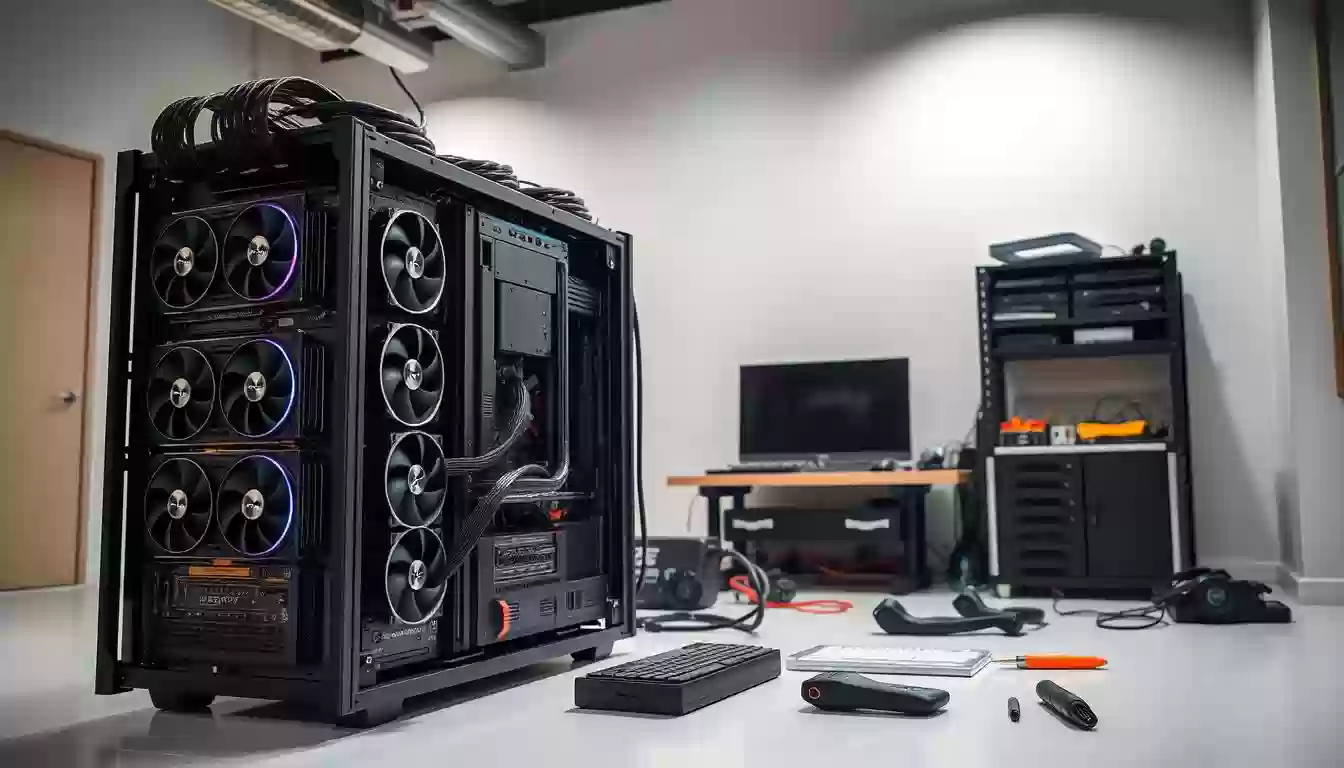
| Component | Description |
|---|---|
| ASIC Miner | Custom-built for mining Bitcoin, offers high hash rates and energy efficiency |
| Power Supply | Must be strong enough to support the hardware, considering power use |
| Cooling System | Important to prevent overheating, which can harm hardware and shorten its life |
Setting Up Your Bitcoin ASIC Miner
Setting up a Bitcoin ASIC miner requires careful attention. This includes unboxing, initial setup, connecting to power and network, and configuring the mining software. A good setup is key for efficient and profitable mining.
A mining rig setup includes the ASIC miner, power supply, and network connection. Choosing the right mining software is also important. It affects how the miner works and talks to the Bitcoin network. CGMiner and EasyMiner are popular choices, known for their ease of use and advanced features.
https://www.youtube.com/watch?v=rnD3nP3kzDM
To set up the mining software, you need to enter your Bitcoin wallet address and choose a mining pool. You also need to adjust settings like fan speed and voltage. A well-configured mining rig setup boosts mining efficiency and cuts down energy use. By following these steps and picking the right mining software, you can get your Bitcoin ASIC miner up and running.
Choosing the Right Mining Software
There are many Bitcoin mining software options out there. The right one can greatly improve your mining's efficiency and earnings. We'll look at CGMiner and BFGMiner, highlighting their features and benefits.
Setting up mining software can be tricky, but it's doable with the right help. It's also important to know how to fix common problems. By picking the right software and setting it up well, you can boost your mining earnings.
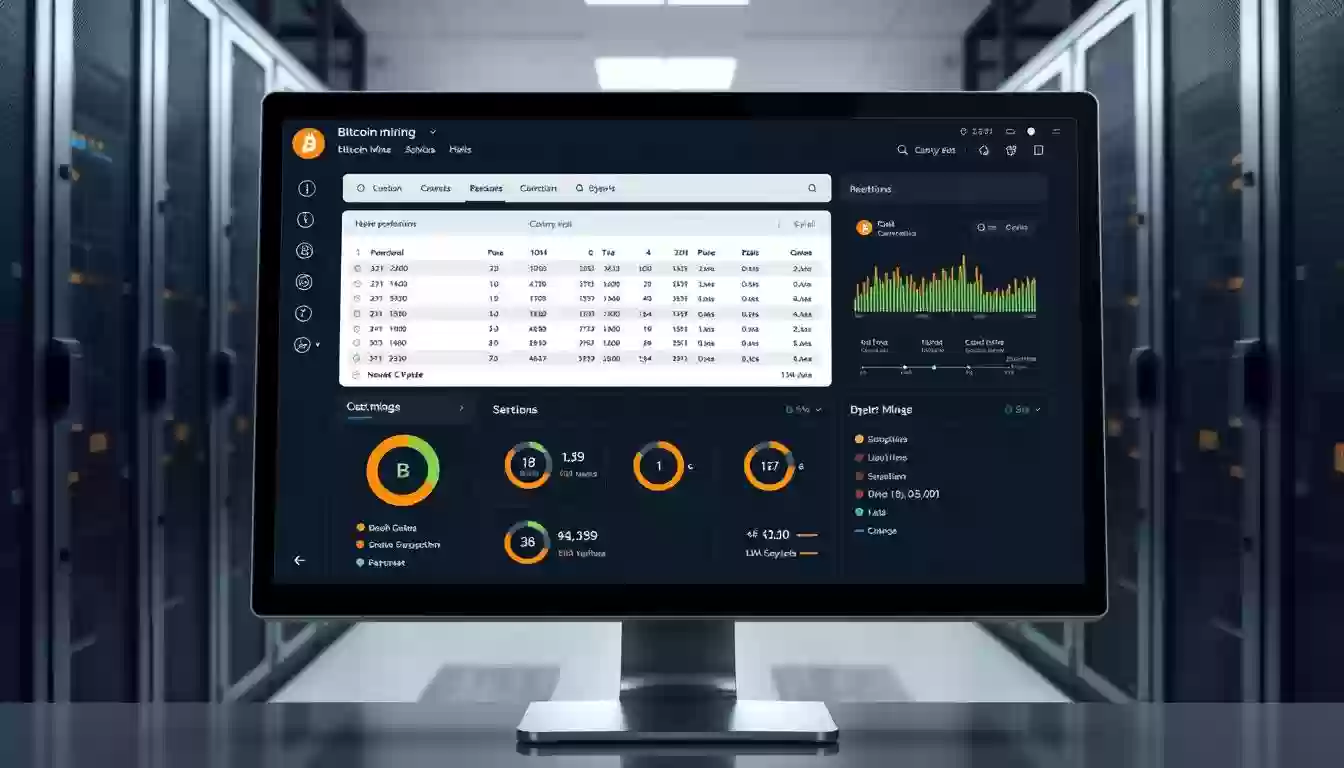
| Software | Features | Benefits |
|---|---|---|
| CGMiner | Extensive control over mining operations | Highly customizable |
| BFGMiner | Support for multiple mining pools | Easy to use and configure |
| EasyMiner | User-friendly interface | Great for beginners |
Knowing about the various mining software and their features helps you make a smart choice. Proper troubleshooting and mining software setup are key for a successful mining operation.
Wallet Selection for Bitcoin Earnings
Choosing the right cryptocurrency wallet is key for storing Bitcoin earnings. With many options, picking the best one can be tough. We'll help you find a good Bitcoin wallet, focusing on wallet security.
There are different types of wallets, like desktop, mobile, and hardware wallets. Each has its own benefits and security features. For example, hardware wallets are very secure because they keep private keys offline, making them hard to hack.
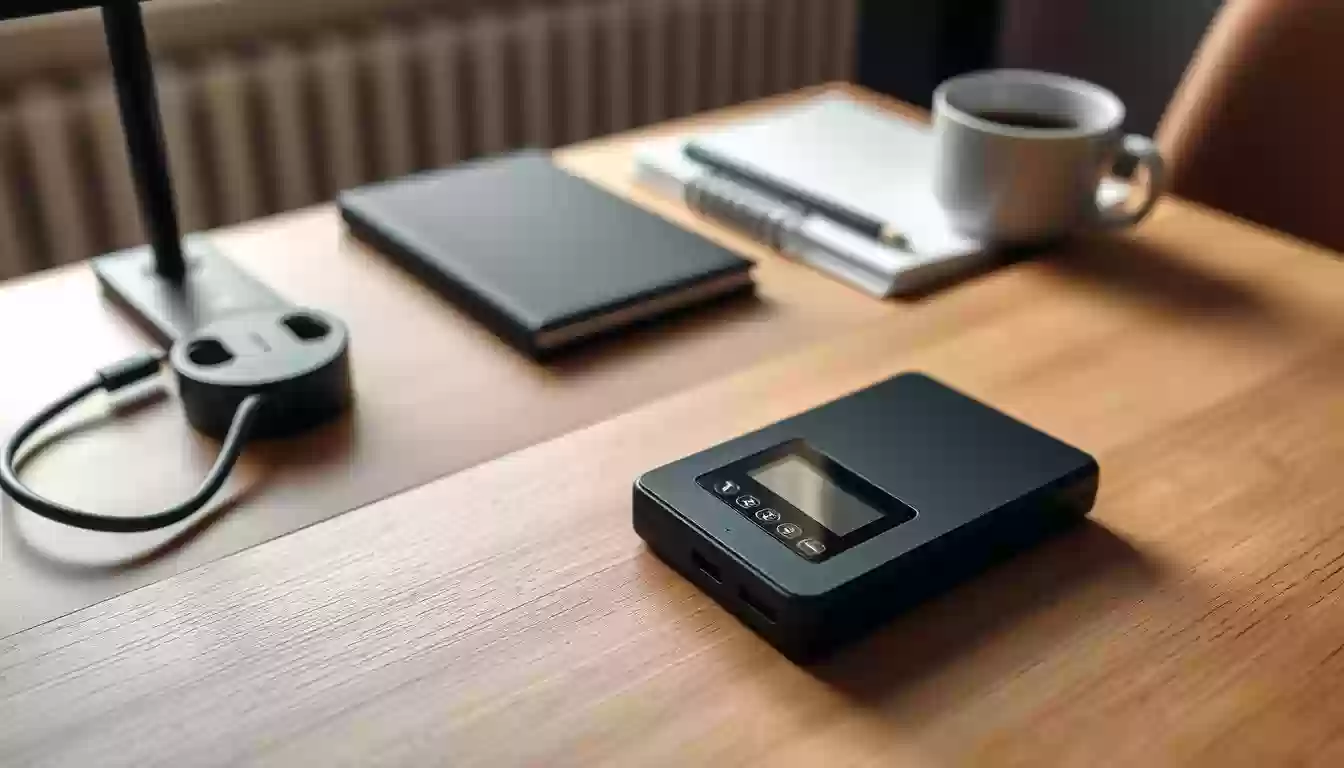
To keep your Bitcoin wallet safe, follow some important steps. Enable password protection, two-factor authentication, and make regular backups. These actions help protect your Bitcoin and make using your cryptocurrency wallet safe and easy.
Networking and Connectivity Considerations
Setting up a Bitcoin mining operation requires careful thought about networking and connectivity. A stable and fast internet bandwidth is key. It helps mining equipment send and receive data quickly. This is important for solving complex math problems and validating transactions.
Choosing the right router is also vital. The right router keeps mining equipment online and running smoothly. Plus, it's important to secure the network to avoid unauthorized access and attacks.
Miners should also focus on securing their network. This includes setting up firewalls, configuring port forwarding, and using VPNs. By focusing on these areas, Bitcoin miners can make their operations successful and profitable.
Calculating Mining Profitability
Understanding Bitcoin mining profitability is key for miners. The hash rate and difficulty of the Bitcoin network play big roles. A higher hash rate means better chances of solving complex equations. But, a higher difficulty level makes mining new blocks harder.
Miners can use online profitability calculators to guess their earnings. These calculators look at hash rate, electricity cost, and mining difficulty. They also consider hardware costs, maintenance, and cooling. This helps miners make smart choices and boost their profits.
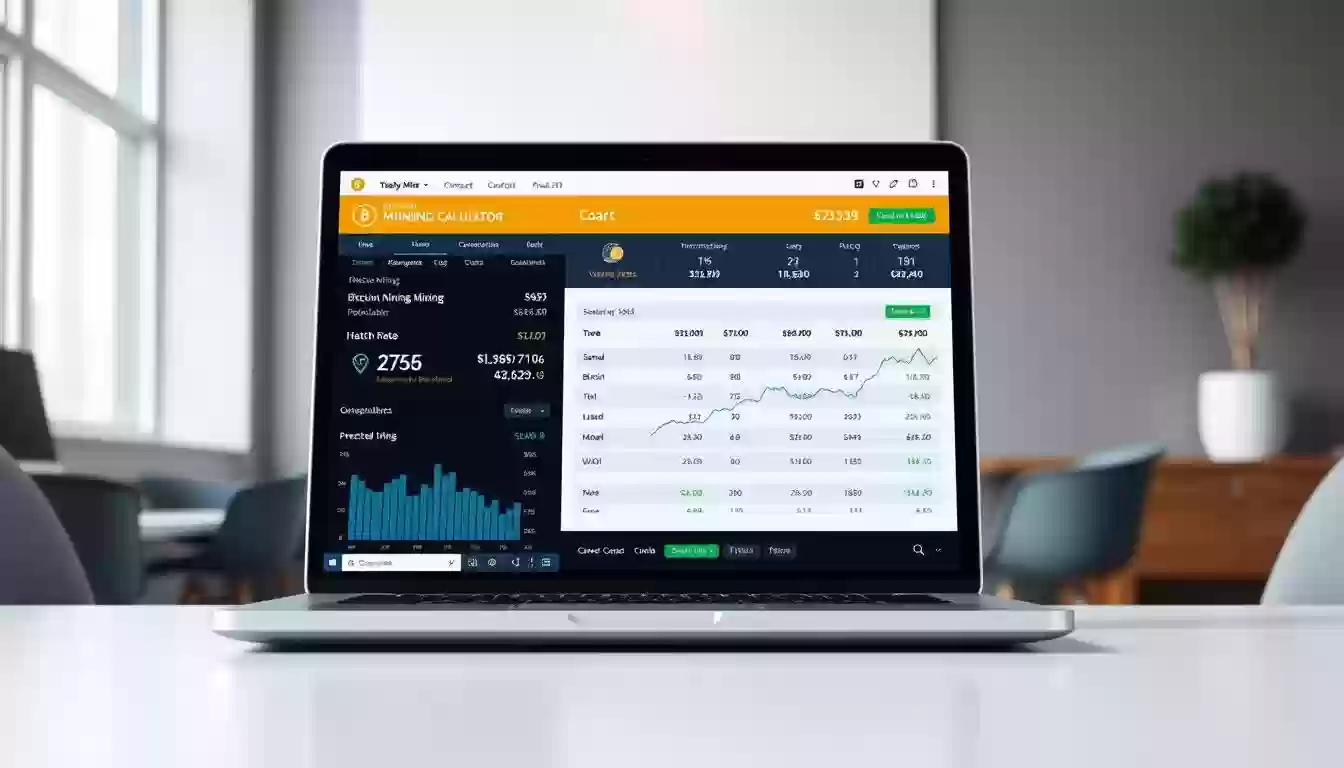
Miners should also think about electricity costs and rewards. Electricity costs can change a lot based on where you are and how you mine. To make money, miners need to keep electricity costs low and rewards high.
Maintenance and Optimization of Your Rig
To keep your Bitcoin mining rig running well, regular maintenance is key. This means checking for dust, cleaning fans, and making sure all cables are tight. Doing these things helps avoid overheating, cuts down on hardware failure risks, and boosts your rig's performance.
It's also vital to keep your software up to date. Old software can make your rig vulnerable to attacks and may not work with new Bitcoin mining rules. Keeping your software current ensures your rig runs smoothly and you get the most out of your mining efforts.
To get the most out of your mining, focus on efficiency. Improve your rig's performance to increase your hash rate, lower power use, and boost profits. Use top-notch mining gear, tweak your software, and keep your rig in good shape.
Common Challenges in Solo Mining
Solo mining in the cryptocurrency world comes with its own set of challenges. But, with the right strategies, you can stay ahead and succeed. It's important to keep up with the latest mining tools, software, and network trends to compete effectively.
Dealing with technical issues can be tough. But, by troubleshooting well and keeping your mining rig in good shape, you can reduce downtime. This helps you mine blocks more successfully.
The emotional side of solo mining can also be a challenge. The ups and downs of cryptocurrency prices and the uncertainty of block rewards can be tough. Yet, by managing your expectations, diversifying your investments, and looking at the long-term, you can stay motivated.
Remember, solo mining can lead to higher rewards. But, it demands a deep understanding of the market, a commitment to constant improvement, and the ability to face challenges head-on. By tackling these obstacles and using smart strategies, you can achieve success in solo cryptocurrency mining.
FAQ
What is Bitcoin mining?
Bitcoin mining is the process of checking and adding transactions to the Bitcoin blockchain. This is a public ledger of all Bitcoin transactions. Miners use special hardware, called ASIC miners, to solve complex math problems. They earn Bitcoin as a reward.
Why is mining important for the Bitcoin network?
Mining is key for the Bitcoin network. It secures the network, validates transactions, and prevents double-spending. Miners get Bitcoin rewards for their work, which keeps them motivated to maintain the blockchain's integrity.
What is the difference between solo mining and pool mining?
Solo mining means one miner tries to solve math problems to earn Bitcoin. Pool mining has many miners working together. They share their computing power to find a valid block and split the rewards.
What are the essential components for a Bitcoin mining setup?
A Bitcoin mining setup needs an ASIC miner, a reliable power supply, and a cooling system. The ASIC miner does the complex computations. The power supply and cooling system keep the miner running smoothly.
How do I set up my Bitcoin ASIC miner?
Setting up your ASIC miner involves several steps. First, unbox and set it up. Then, connect it to power and the network. Lastly, configure the mining software.
What are the different mining software options available?
Popular mining software includes CGMiner, BFGMiner, and EasyMiner. These tools offer easy setup, customization, and troubleshooting. They help miners optimize their operations.
What type of Bitcoin wallet should I use for my mining earnings?
You can choose from desktop, mobile, or hardware wallets. Each has different security levels and ease of use. Pick a wallet that suits your needs and follow security best practices.
What networking and connectivity considerations are important for Bitcoin mining?
Fast and reliable internet is vital for mining. It lets your rig communicate with the Bitcoin network. Also, secure your network with firewalls, port forwarding, and a VPN.
How can I calculate the profitability of my Bitcoin mining operations?
To calculate profitability, consider hash rate, mining difficulty, electricity costs, and Bitcoin rewards. Online calculators can help you estimate earnings based on these factors.
What are the common challenges in solo mining, and how can I overcome them?
Solo mining faces challenges like staying competitive, handling technical issues, and managing emotions. To overcome these, stay updated with market trends, troubleshoot technical problems, and keep a positive mindset.



























